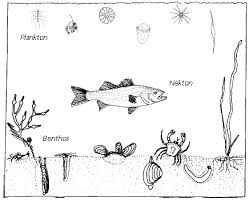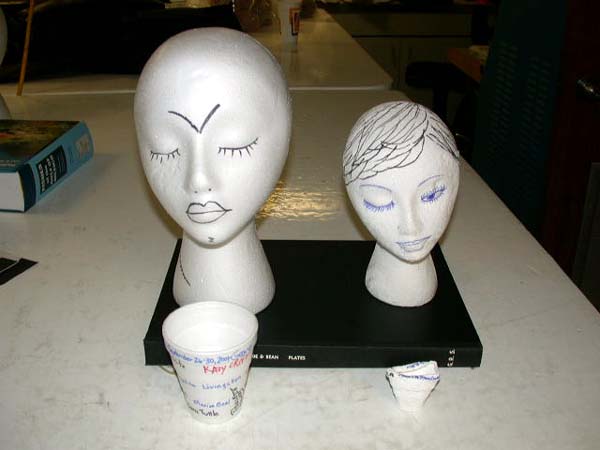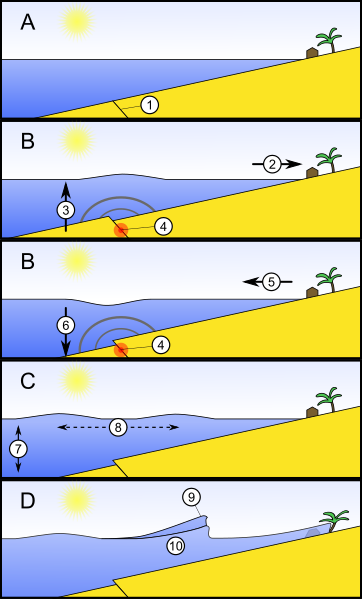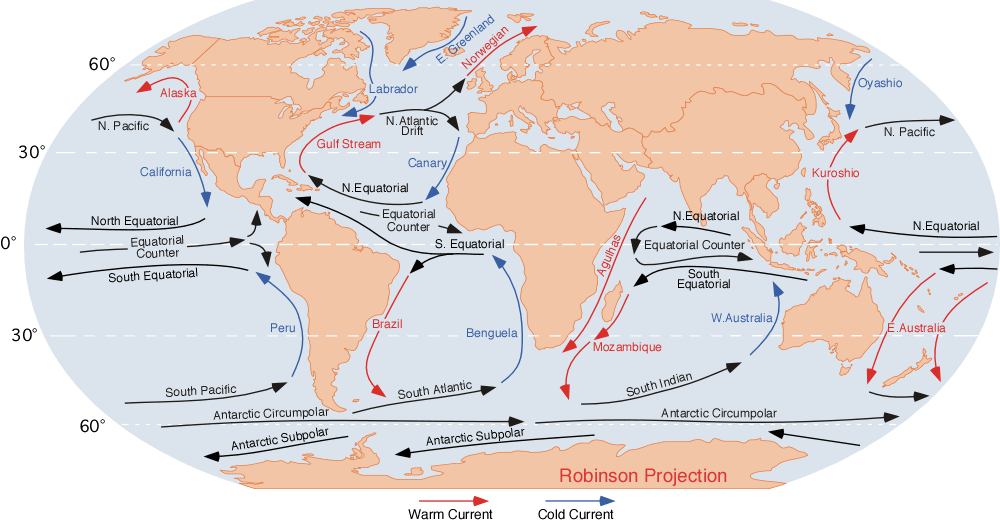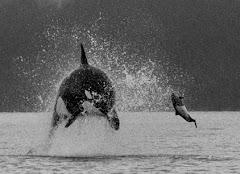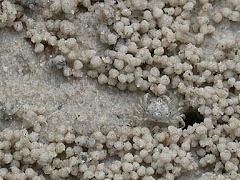 Mutualism is the relationship that is best understood because both organisms benefit - although the advantages are not often clear to us. Pictured to the left are an alligator and plover, eel and cleaner shrimp, and zebra and finch - all of these are cleaning relationships. The smaller organism eats parasites and gets a meal and the larger organisms will not eat it as well as get the benefit of being cleaner (less infection and disease). The bottom right picture is a blind bulldozer shrimp and a goby fish. They share a dwelling that the shrimp builds, and the fish lets the shrimp know when trouble is coming. (Photos from this cool blog)
Mutualism is the relationship that is best understood because both organisms benefit - although the advantages are not often clear to us. Pictured to the left are an alligator and plover, eel and cleaner shrimp, and zebra and finch - all of these are cleaning relationships. The smaller organism eats parasites and gets a meal and the larger organisms will not eat it as well as get the benefit of being cleaner (less infection and disease). The bottom right picture is a blind bulldozer shrimp and a goby fish. They share a dwelling that the shrimp builds, and the fish lets the shrimp know when trouble is coming. (Photos from this cool blog)Parasitism involves things that give us the heebie jeebies. These parasites take advantage of their host, usually feeding on the host, and benefit. The host gets no benefits and over the long term is harmed.
Commensalism is when one organism benefits and the other is unaffected. So one gets all these advantages from the other... but the other doesn't get a benefit from it and isn't harmed by it.
Here are some other fun photos of oceanic relationships. Identify some and turn them in for extra credit!


